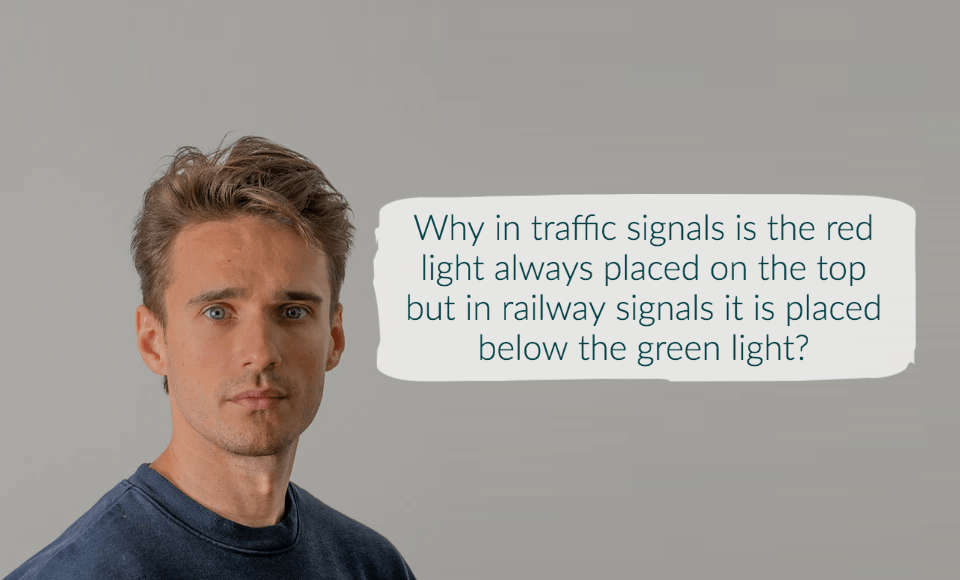Congestion. Honking. Smoke belching from an engine here and there. Kids at the backseat busy with their phones, and a mother is adjusting the air conditioning. It’s 5 in the afternoon. It’s rush hour, and the street is once again facing a traffic jam. Far away, there’s the traffic light: Red, yellow, and green. The cars start to move, and this car becomes an inch closer to that famous crossing.
Why was it placed that way? Why specific colors were red, yellow, and green were chosen to be traffic light signals? It seems different from that of railway signals. Is it correct, and if yes, why so?
It’s been taught to us since we were kids that red means “stop,” yellow means “slow,” and green means “go.” Red gives a feeling that there’s danger, that something has to be halted. Green tells people to move on and go forward. But when the railroad companies started, they used white for “go” and green for “caution.” However, this was an issue because when transportation took place when the sun had gone down, the white lights could be easily mistaken for as stars. Eventually, green replaced this confusing white and thus has been used ever since. Experts have remarked that red leads people to an emotion that can be associated with blood and shock, so individuals are more likely to be careful. (click here for more details)
Besides the familiarization of its hue being correlated to danger, red is the color with the longest wavelength. Thus, it is most easily seen from a farther distance. When the vehicles are still quite far away, it’s still essential for them to be alerted as soon as possible that they stop as those in front of them will be stopped. Yellow is of a shorter wavelength than red, but the shortest of the three is green. Green has the shortest and means “go” for a reason.
When people from far away keep pushing forward, they are met by many things around the street that can be distracting, from an adorable puppy taking a jog with his owner to the setting up of a new bright streamer across the walls. But when the red color flashes, people’s minds are put back to focus. While they are at a pause, the drivers are stuck with one scene rather than a moving picture of the streets around them. So it’s no hassle that among the three, “go” was assigned the color with the shortest wavelength.
When it comes to placement, the color green is at the top and red at the bottom for railway signals. However, the same arrangement does not apply for traffic signals on the roads. The traffic lights have red on top instead. Why is this so? This can be linked to how the streets people are used to having so much “traffic.” There can be plenty of vehicles ahead and behind. Because of this, the traffic lights are positioned at a higher level so that they can be seen from afar and above the roofs of other cars, buses, or trucks. For the emphasis of “stop” for safety, the red color is found at the topmost.
On the other hand, there doesn’t seem to be that much congestion when it comes to the railway. And so no longer existing is the need for the “stop” to be seen high up. Instead, there is much need for the red color to be close to eye-level as possible. It is much more challenging to put a train to a stop than a car, as trains have more sophisticated engines and systems. The operator can see the red light from afar as it is at eye-level and adjusts. The placements of these colors on their signals are different for railways and traffic lights because it is according to what is needed.
Whether people find themselves aboard a train or squeezing in their cars along the traffic jam, knowing red, green, and yellow and what they symbolize is paramount. Whether it is a simple road trip from one place to another or our journey across the yellow-brick road towards our goals, always keep in mind when and where we should stop, caution, and go.
